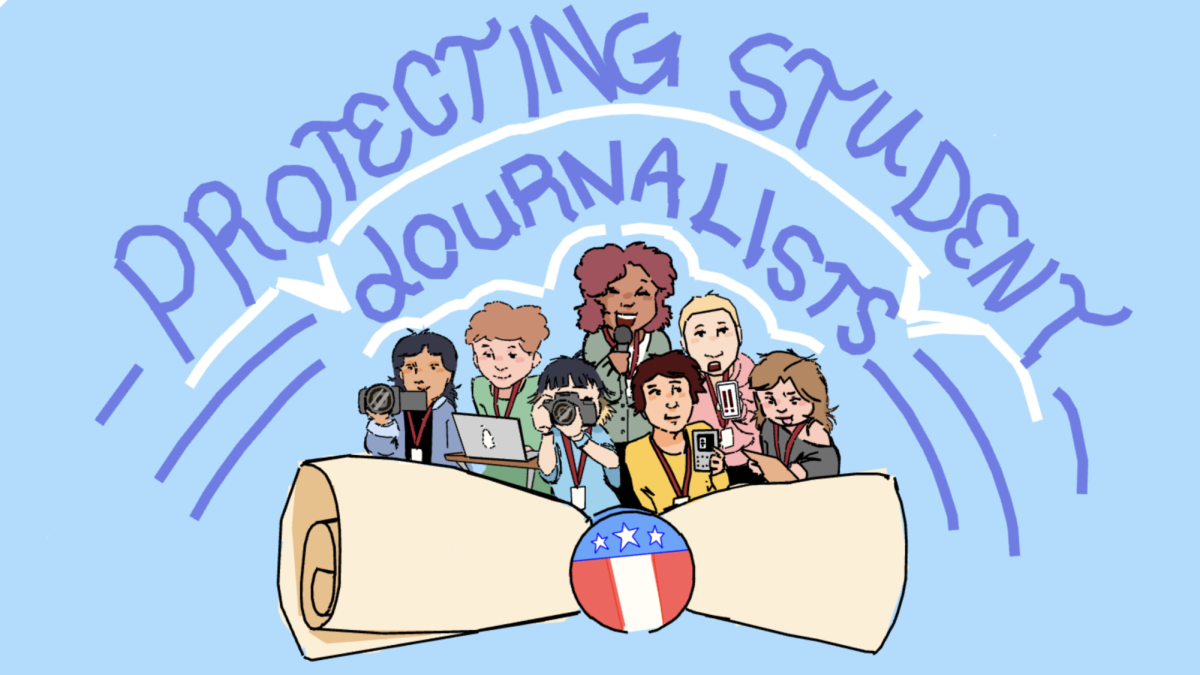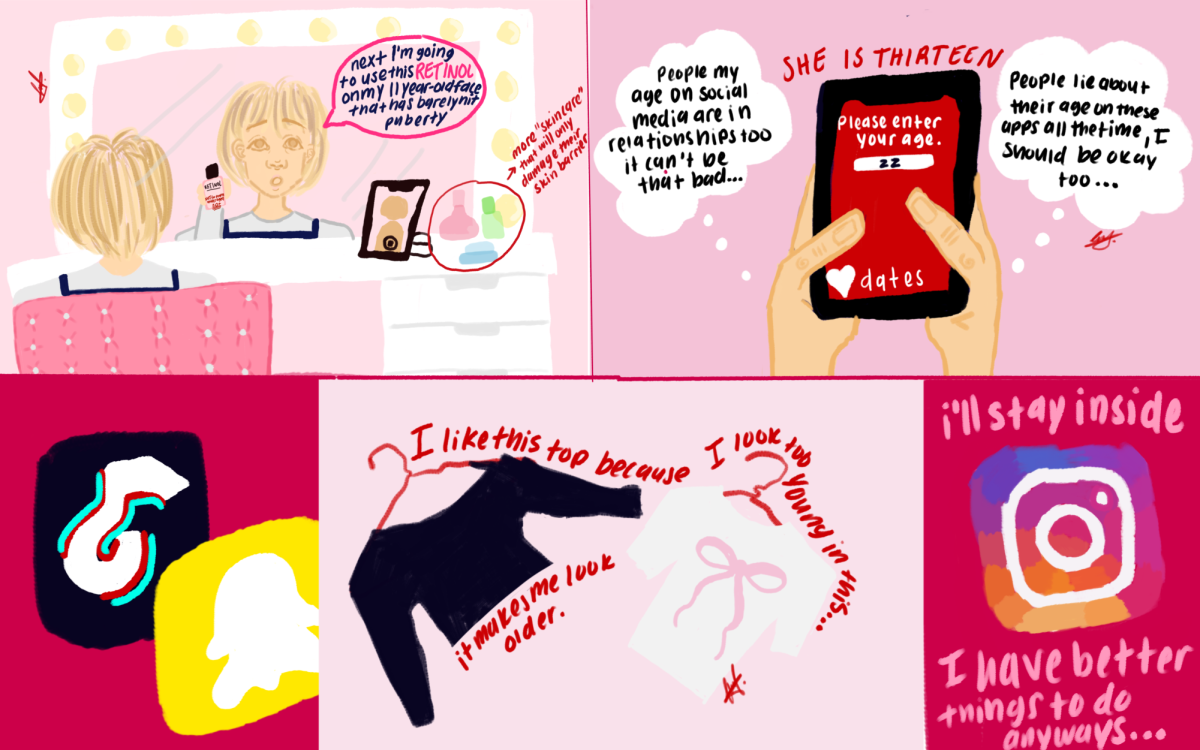An alarming 35% of women are employed in the STEM workforce, despite the industry being one of the most rapidly evolving and highest paying. It is essential that initiatives are taken to ensure women are mobilized to equally constitute these work fields, as unlocking social and economic prosperity is reliant on gender equality. To improve female representation in such careers, society must strive to eliminate harmful stereotypes that undermine women’s aptitude in math and science and address the inappropriate treatment women are subject to in the field.
Gender stereotypes are heavily associated with dissuading women from STEM professions. As computer engineers, scientists or doctors are typically depicted as “masculine” jobs by society, women may perceive these jobs as not for them and other minorities, making them reluctant to pursue such careers.
Young girls can especially fall victim to these stereotypes, diminishing the trust they have in their abilities to perform technical skills. This can be carried into adulthood, preventing them from engaging in STEM activities and impacting their career choices.
A study conducted by PhD Lin Bian and her associates suggest that common gender stereotypes, which typically depict men as “smarter” in comparison to women, are capable of permanently influencing the mentality and decisions of children as young as the age of six. Their research revealed that six-year-old girls are likely to assess their gender as less smart than their male counterparts, and shy away from activities said to be for children who are “really, really smart.”
This situation highlights that even from a young age, society’s negative evaluations of women’s competence in such subjects can erode the sense of confidence they have in themselves to do well in STEM programs.
A further study, commissioned by PhD Joseph Robinson and his colleagues, found that teachers underestimating girls in subjects—like math—was evident before the children even reached third grade, with teachers rating boys’ proficiency in mathematics higher than girls with similar achievement and behavior.
Studies have shown how teachers also tend to grade girls harshly for the same work. These disparities towards women amplify the gender gap in education, which could potentially discourage women from pursuing careers involving math.
Additionally, implicit bias among employers further contributes to the unequal number of women participating in STEM careers.
Assistant professor at Skidmore College Corinne Moss-Racusin and her colleagues, discovered that faculty members of biology, chemistry and physics departments at renowned public and private research universities made gender-biased judgments regarding their applicants. Men were ranked higher than women in all three categories, regardless of both genders having equal qualifications: competence, hirability and mentoring. When questioned, faculty members were willing to offer roughly $26,500 to female applicants, $3,500 less than what they were willing to pay men.
The prejudice illustrated in such studies shows women that their work is deemed less valuable and appreciated than men’s, despite their equal qualifications. This can dissuade girls from pursuing careers in STEM. This trend is recognized when observing the shockingly low number of women accounting STEM fields.
Twenty-five percent of women are involved in the technology sector, 17.41% in the engineering sector, 32% in the math sector and 41.25% in the science sector. To make matters worse, an estimated 50% of women leave their STEM careers 12 years post-graduation.
Although different factors can be conducive to women choosing not to pursue a career, such as financial capacity or loss of interest, gender stereotypes must be a significant component, as men are also subject to these factors. However, they make up a majority of STEM jobs.
The significant payment gap for women working in STEM fields only exacerbates the issue. A 2021 Pew Research study found that women in STEM occupations are paid 74% (median $66,200) of men’s salaries (median $90,000).
Additionally, women are likely to endure sexual harassment disproportionately to their male counterparts in STEM-related fields, magnifying the gender discrimination in the field. An Information Technology Industry Council 2022 Sexual Harassment, Gender Bias and Pay Equity Gap global survey found that sexual harassment is a significant issue for 62% of females employed in male-dominated STEM workplaces. This study echoes the treatment women encounter in all work fields.
These figures are extremely disappointing. In order to promote a society that accomplishes gender equity, more must be done to advocate and promote female participation in such professions. Gender stereotypes and gender discriminatory factors are evidently adverse and place women at a disadvantage, ultimately limiting the contributions they can make in STEM.
Exposing women to outreach programs at a young age, emphasizing female role models and prioritizing diverse and respectful work environments are methods through which society can empower them to pursue STEM-related initiatives. The goal is not to merely fill jobs, but to provide the tools necessary for women to find meaningful careers in STEM and thrive.














